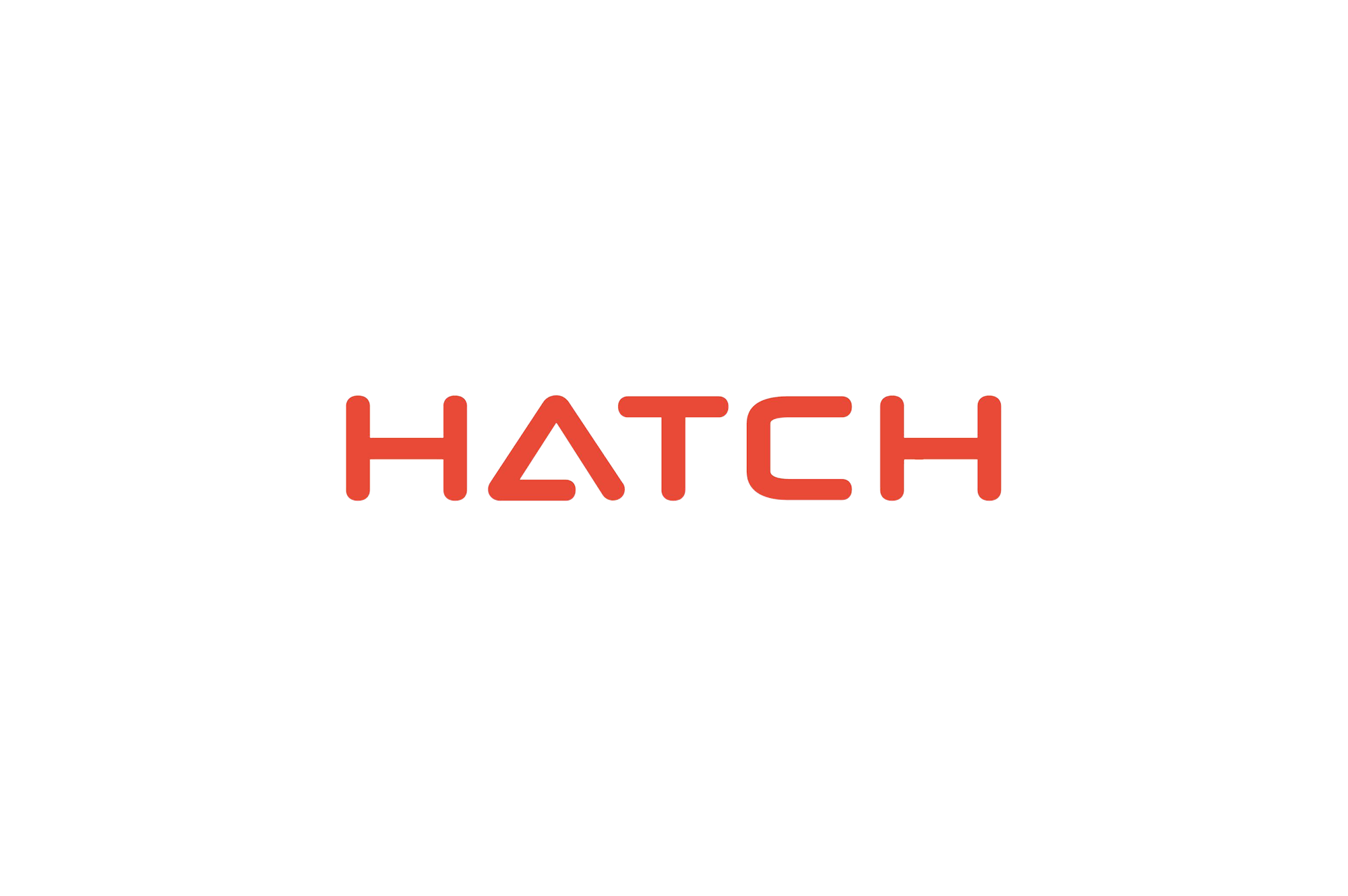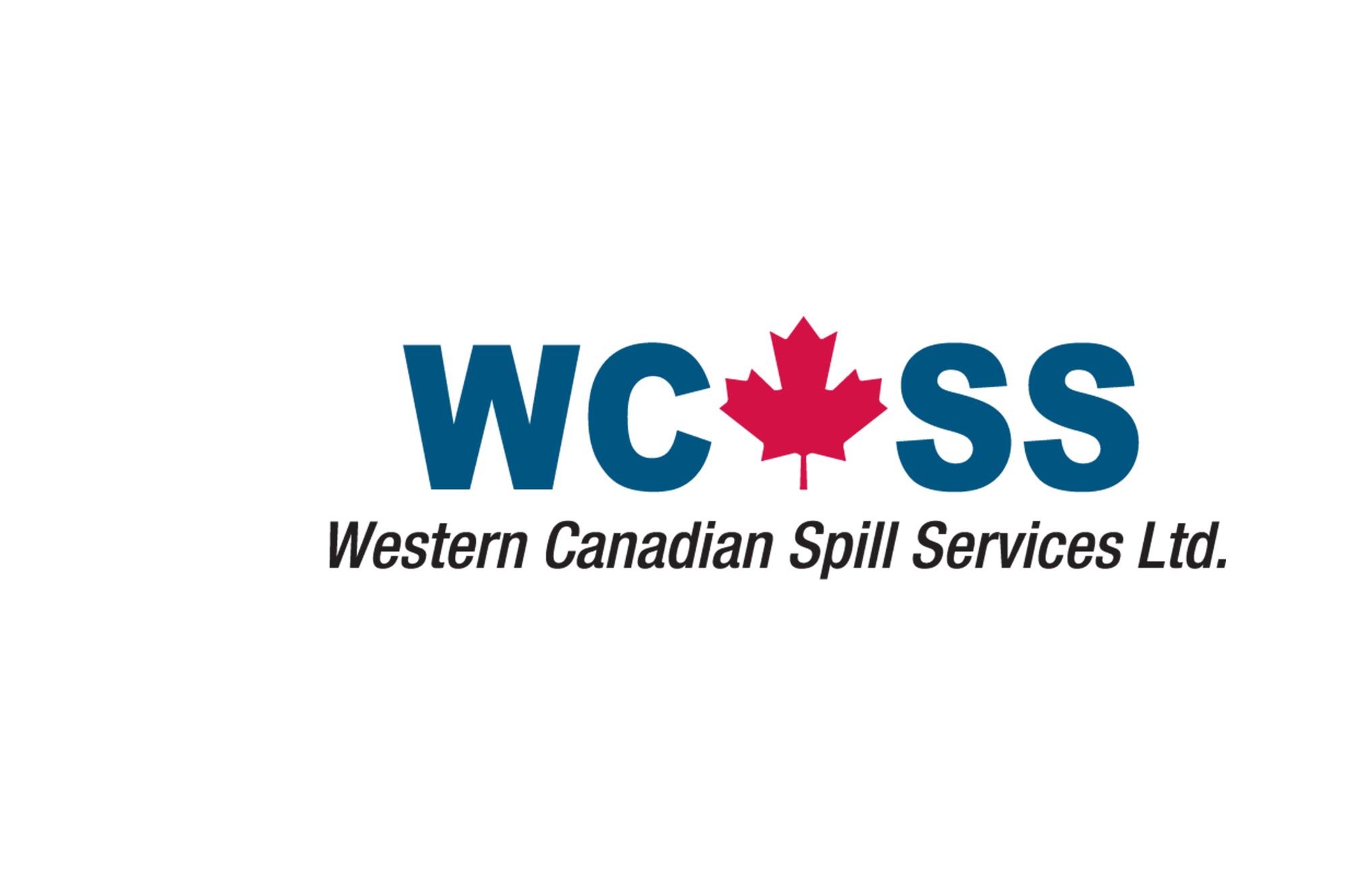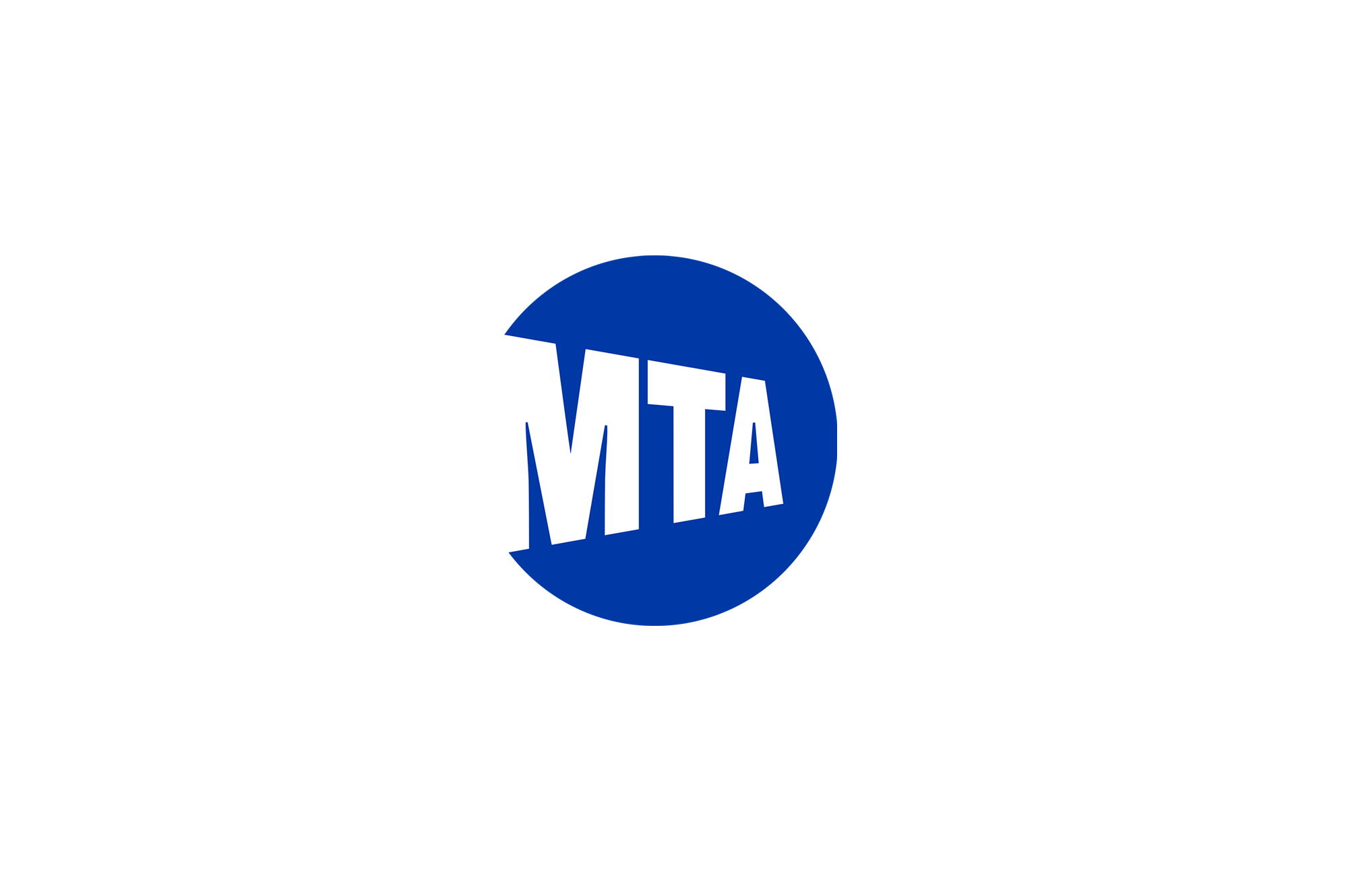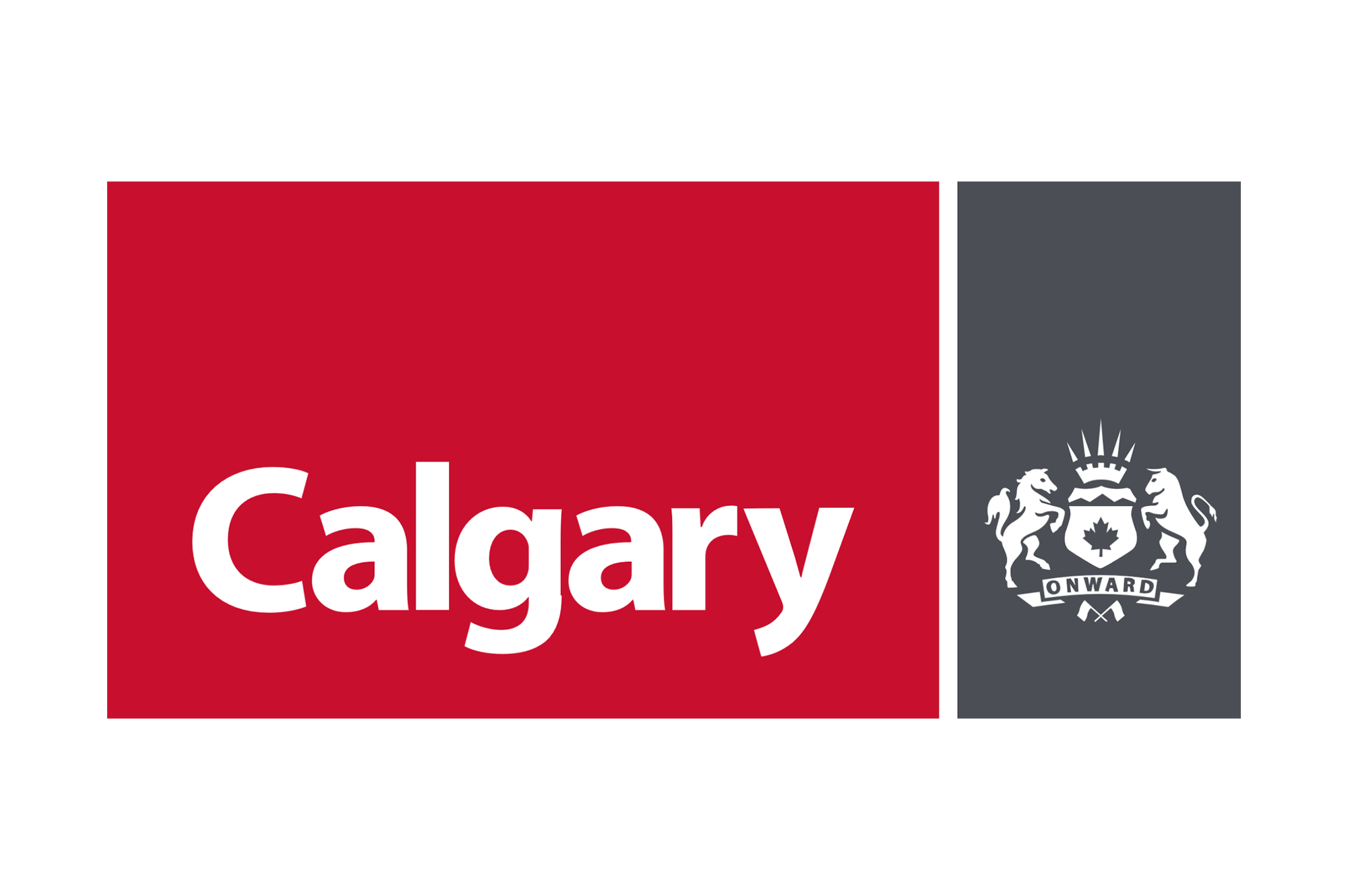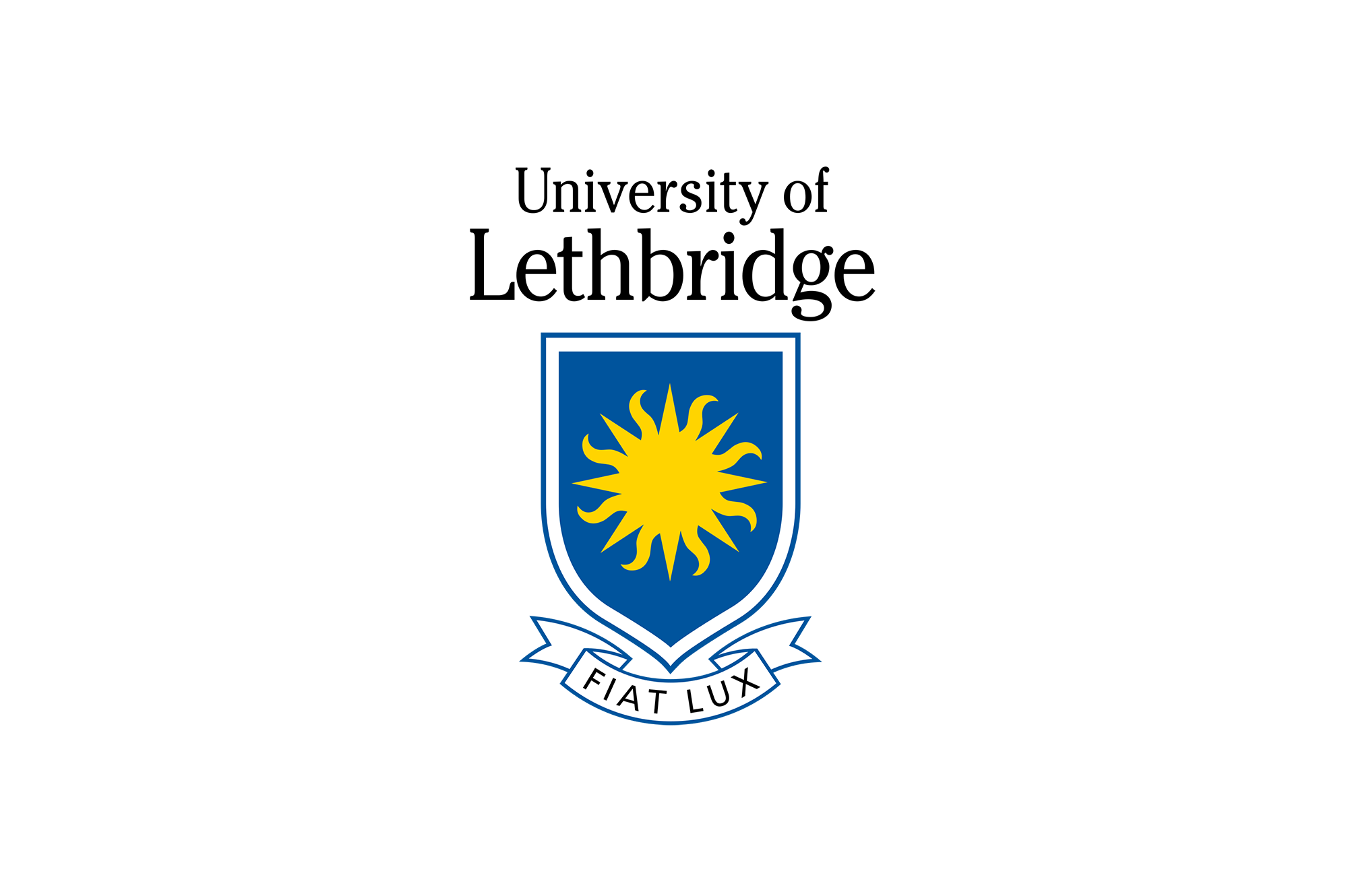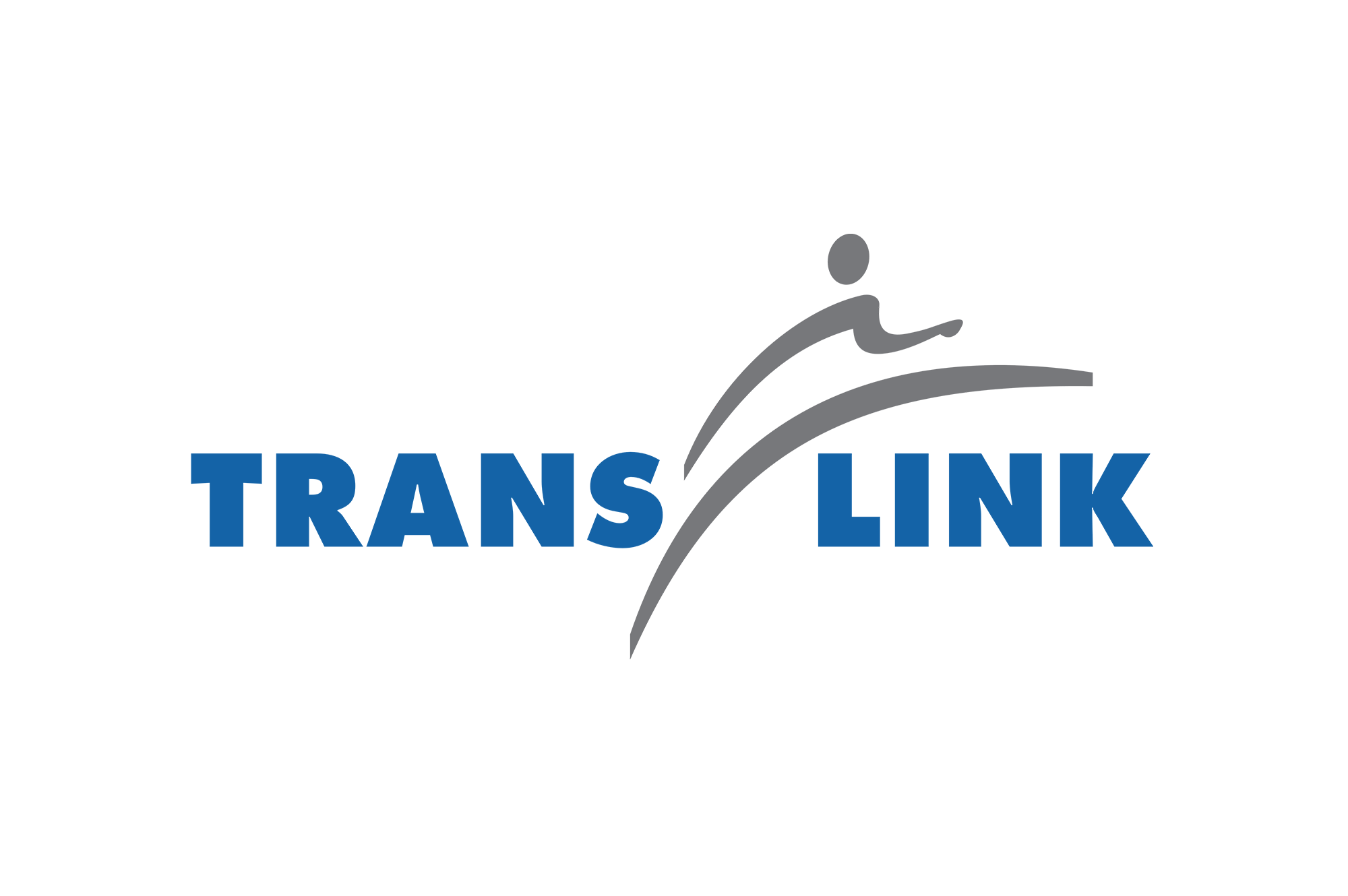THOUGHT LEADERSHIP
Accessible Digital Knowledge Solutions: How eLearning Cultivates Leadership Development
Reskilling your workforce and developing your next leader? Here are some tips for how accessible digital knowledge solutions can help.
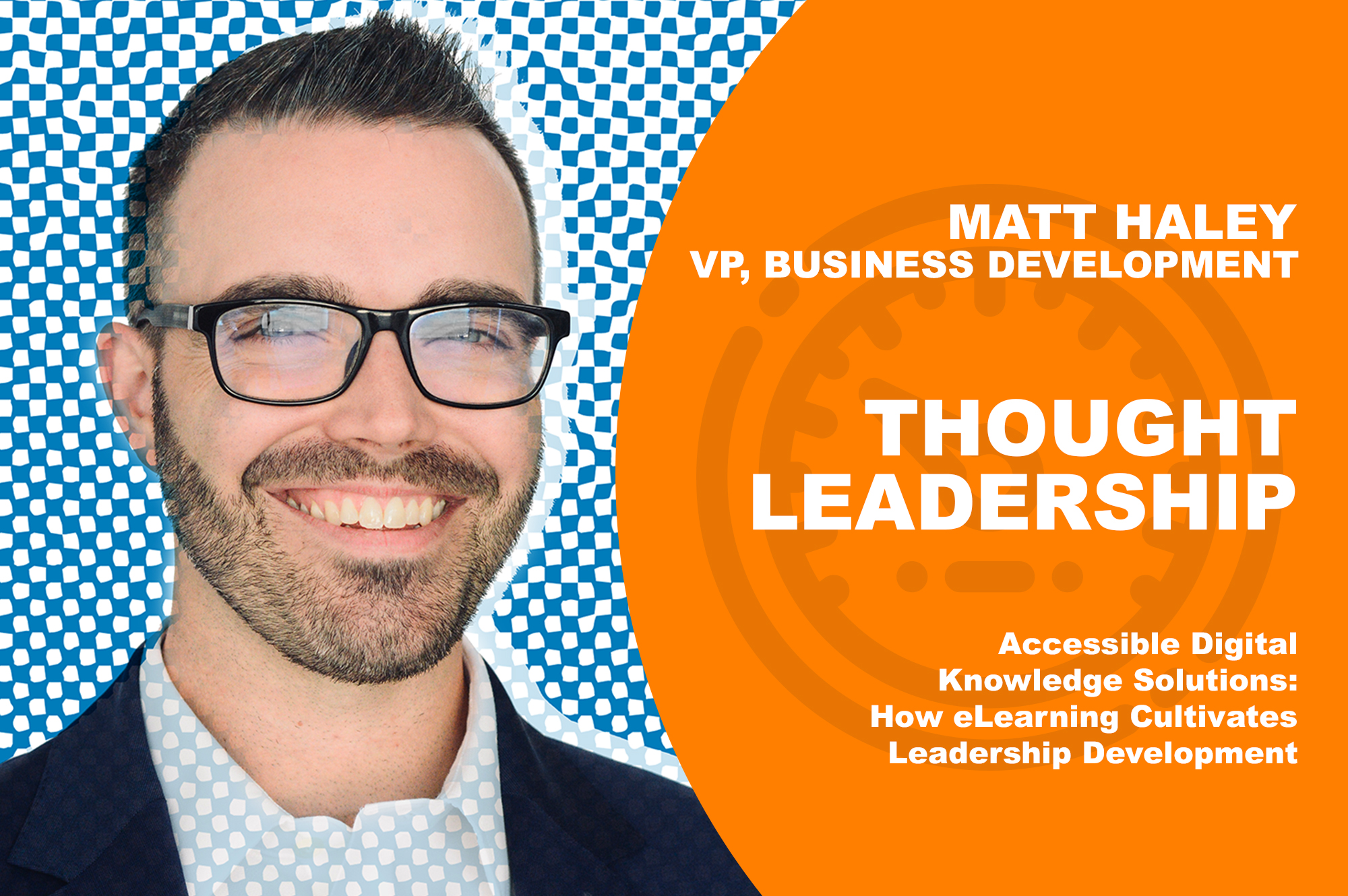
Reskilling your workforce and developing your next leader? Here are some tips for how accessible digital knowledge solutions can help.

Depending on your point of view, there are several factors for why it makes dollars and sense to invest in digital knowledge solutions to cultivate leadership development. Matt Haley, Vice President of Business Development for Xpan, suggests a simplified approach: Make it accessible throughout the organization, determine your deployment environment, and focus on learning paths.
Not all leaders are executives. Some of them could be your colleague sitting across from you at your town hall Zoom meeting or the Journeywoman electrician. There are many ways to find hidden talent in your organization, and you can start by cultivating leadership from the bottom up versus seeing it from a top-down level. For every C-suite leader in the waiting, there is a health and safety manager in the making.
Organizations realize the benefits for how educational technology is levelling playing fields and transforming how we learn. And, if you take the example of Amazon’s recent investment of more than $700 million into reskilling 100,000 of its workers, it’s apparent that industries are listening. But how do you measure if that investment is working and that your workers are retaining their learning?
Here are some tips for how accessible digital knowledge solutions can help widen your leadership development perspective by looking closer at learner needs.
Leadership development programs are evolving from traditional classrooms and not solely because of material content or facilitation of strategic expertise. It’s more because business leaders are frustrated with the limitations offered by traditional learning programs. Courses might only be offered one day out of the year or even require a prerequisite course. Your entire leadership development might be sidelined for a year because of one missed opportunity.
And while you are waiting for the next course to start, the only person who knows how to run your widget machine successfully could be retiring. This could be very impactful to your organization if their knowledge wasn’t captured and documented for the next generation of widget machine operators to learn from.
Sure, from a cost perspective alone, it is easy to measure the quantitative costs of $500,000 across four workshops on professional development. But traditional training costs can add up: Imagine multiple new employee orientations involving individual new employees being paid to sit in a room for eight hours as part of an onboarding experience.
From the digital point of view, you could drastically reduce the costs associated with paying people to be in the same room taking the same training class. A one-time capital investment into a digital knowledge solution delivers the same result and adds applicable competency development across multiple learning paths in an organization. Employees could now initiate training with a short eLearning module before they even show up on day one, and continue down a learning path relevant to their specific role.
So, yes, there are the continuity and affordability factors. But the consistency of information delivery is also a critical component of a digital knowledge solution.
At Xpan, we want to understand the world we’re deploying in and provide a toolkit for growth. We start by identifying everything from the technical considerations, such as existing client platforms and learning management system (LMS) capabilities. We work to understand client needs to develop the right solutions for deployment. We ask about requirements, such as on-the-job training elements or competency development platforms.
Knowing the framework matters for designing our solution.
Uncovering critical information for the deployment environment helps us avoid common pitfalls of potentially designing the wrong solution. Sometimes, it might be that the LMS capabilities were not even turned on, and robust features were not utilized regularly. Adding simple digitalization elements to your leadership development provides fundamental opportunities to increase retention by connecting with the learner well after completing the training.
Speaking of the end learner, once the LMS is optimized and in place, we look deeply into the organization’s learning culture. This includes aligning the knowledge experience with learner needs to practice and apply it in work environments. With the right support and training, an organization can develop their talent, walk them through the learning journey, and offer a mix of asynchronous learning along with synchronous virtual instructor-led training (vILT) sessions.
Or the learner can be physically present in a location and work through a complex challenge with support from their subject matter expert. Digital knowledge solutions offer training applications that are more accessible across the organization and still fundamentally measure how your learners apply their new skills with regularity. It might even be automating simple reminder systems for three days, three weeks, or three months after the initial learning.
All these things come back to an expertly designed learning path. But, first and foremost, the core elements of the learning experience should be consistent whether you are learning how to have a difficult conversation with colleagues or how to change a tire in an emergency.
It comes down to where you place value on your organizational breadth of leadership development. From a talent management perspective, you want to develop and grow individuals in roles that are fully aligned with your organizational culture, mission, vision, and values. By providing focused learning paths, and having the learning data, you’re in a stronger position to identify people with the most leadership potential for development.
The application of what you learn is the most critical step. And in cementing that as a behaviour moving forward, you intrinsically connect to why it’s essential and demonstrate competency on a regular basis. There’s a variety of different instructional strategies that create an effective learning path, and they all need to be tracked, measured, and recorded along the way.
But, more importantly, with a learning culture, you truly support the growth and development of your employees and how they can think and apply their skill sets into different roles.
About Matt Haley:
Matt Haley is the Vice President, Business Development for Xpan Interactive Ltd. and leads the charge for providing global leaders with a full spectrum of eLearning services, from designing learning paths to implementing fully immersive learning experiences.
Want to know more about how our digital knowledge solutions can create a competitive advantage? Connect with one of our experts today to learn more.
We develop digital knowledge solutions. Our team makes heroes of learning and development professionals. We improve workspace experience (and lives) across the globe, with better learning.


